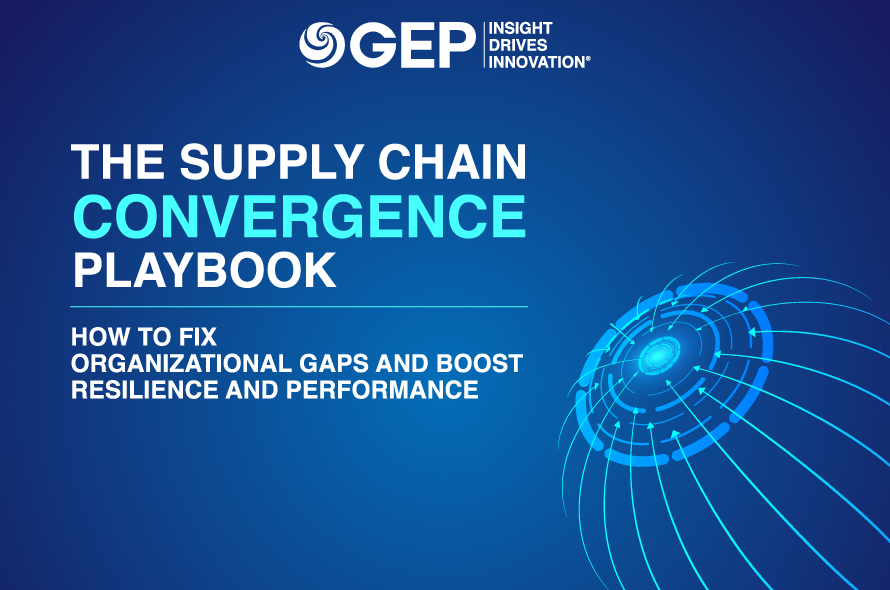
Guide to Building a Supply Chain Integration Roadmap
- Supply chain integration brings all stakeholders together for greater efficiency and cost savings
- Information sharing is critical to building an integrated supply chain process within the enterprise
- Seamless supply chain integration helps businesses eliminate waste
October 18, 2022 | Supply Chain Software 4 minutes read
Building a superior supply chain within an organization requires all its stakeholders to work together efficiently.
Gone are the days when organizations had no choice but to rely on one-way communication and lag in handling supply chain operations. Businesses now must achieve supply chain integration where all parties are integrated into a single communication system.
Supply chain integration requires significant coordination and alignment among all stakeholders to ensure that everyone works toward the common goal of efficiently handling the entire supply chain.
What is Supply Chain Integration?
Supply chain integration is a strategy that establishes a single system that can bring together multiple stakeholders involved in the process for greater efficiency, both in terms of productivity and cost savings.
Supply chain integration is done to create an efficient system that starts from raw materials from the supplier to the end product going to the consumer without delays, increases in cost, or poor customer experience.
An organization strives to build a superior supply chain with the help of integration. It involves complete system transparency, from the supplier to the customer.
Also read: Supply Chain Convergence in a Disruptive Environment
Critical Elements of Supply Chain Integration
Multiple elements at multiple levels in an enterprise must work together to achieve integration in the supply chain. As the supply chain integration benefits far outweigh the efforts in establishing the processes, it is essential to understand the key elements to achieve supply chain integration.
Choosing the right vendors
A business needs to choose the right vendors who are willing to meet the standard requirements at the right price and at the right time.
Working with internal teams
A business needs to work closely with internal teams in the supply chain and across the organization. Therefore, you can expect efficient supply chain processes with the internal team onboard for supply chain integration.
Waste elimination
A business needs to focus on eliminating wastage from supply chain processes. It can be done via manual changes or with gaps identified with the procurement software.
Barriers to Supply Chain Integration
There are several barriers to the supply chain integration process. Some of the critical barriers to supply chain integration are:
- Lack of IT solutions
- Lack of knowledge
- Poor working relationship
- Lack of communication
- Cost of integration
- Conflicting goals
Information Sharing in Supply Chain Integration Process
Information sharing is an integral component in building the process. Organizations must make a single platform to enable transparent communication because it supports long-term cooperation and coordination, which is essential for achieving efficiency. However, the lack of information sharing among stakeholders can lead to inefficiency in coordinating actions within the organization.
The rise of technology in the supply chain process has made it easier to achieve seamless communication among all stakeholders. As a result, a business can communicate past, present, and future challenges and opportunities with various stakeholders. Therefore, setting the proper foundation for the organization’s integrated supply chain process is vital.
Most companies go through the following stages of information sharing in the supply chain integration process:
Baseline
The baseline is the first stage where each department within an enterprise manages its supply chain. This is, however, a siloed approach. It might have some benefits depending on the overall structure of an enterprise, but it is nonetheless an inefficient system for any business.
Functional Integration
In this stage, the various departments within an enterprise are expected to work together to achieve better efficiency in the supply chain. In this stage, there is greater information sharing than in the baseline stage. For instance, a business can do this by combining orders, scheduling tasks and other initiatives.
Internal Integration
The various departments in the enterprise are connected to the same system during this stage. This stage increases information sharing as compared to the previous step. It typically involves using supply chain software for seamless communication.
External Integration
External integration is the final stage of information sharing when external vendors are also encouraged to use one, integrated supply chain software to achieve seamless results for the business. Once a company can implement external integration, it can achieve potential benefits across the board.
Also read: The Pitfalls of Supply Chain Planning and How to Overcome Them
Conclusion
Achieving seamless supply chain integration can help businesses improve efficiency and eliminate waste. In addition, as all stakeholders are on the same page regarding the current status and potential future challenges, businesses can improve their overall operational efficiency across departments.
Frequently Asked Questions
Bringing all stakeholders involved in the supply chain process for transparent and seamless communication is known as integration in the supply chain.
There are six types of supply chain integration: relationship integration, measurement integration, technology/planning integration, material and service supplier integration, internal operations integration, and customer integration.
Supply chain integration is essential for a business to improve efficiency and transparency in the supply chain framework.




